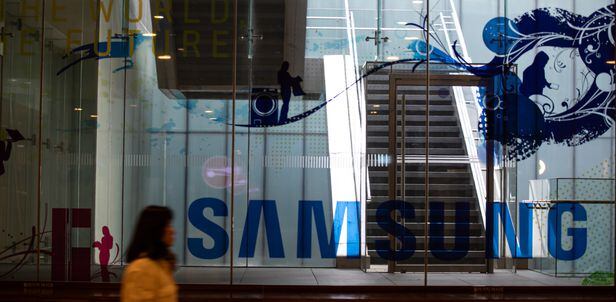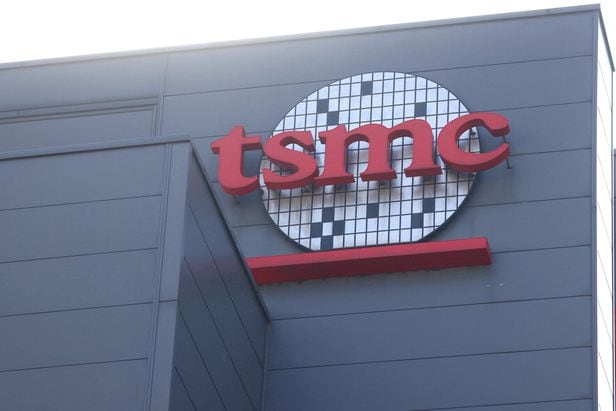
Samsung Electronics, the world’s biggest memory chip maker, faces intense competition in the semiconductor sector. While Samsung was mired in legal battles involving its top executive and group heir, Lee Jae-yong, for seven years, global chipmakers have been boosting market presence by ramping up investment and production.
Taiwan’s TSMC, the world’s biggest contract chipmaker, solidified its leadership position, while U.S. chipmaker Intel and Japanese semiconductor manufacturer Rapidus are rapidly advancing with substantial government support.
Samsung aims to be the world’s top producer of memory chips and system semiconductors by 2030. But the road to achieving this goal is set to be rocky at best as Samsung has to fight off fierce competition from rivals.

Taiwan's TSMC dominates the global foundry market. / Yonhap News
TSMC has overtaken Samsung to become the world’s top semiconductor manufacturer last year, Taiwan’s Central News Agency (CNA) reported on Feb. 5, citing data from TriOrient Investments. TSMC recorded total semiconductor sales of $69.3 billion last year, surpassing Intel’s $54.23 billion and Samsung’s $50.99 billion.
In broad terms, semiconductors are classified into two main categories: memory chips, which include DRAM and NAND flash, and non-memory system semiconductors such as microprocessors and systems-on-a-chip (SoCs).
TSMC dominates the global market for processors, with expertise in ultra-fine chip fabrication, producing more than 90% of the most advanced 5nm chips used in smartphones, artificial intelligence (AI), self-driving vehicles and supercomputers. Given that foundry clients rarely switch suppliers, TSMC is expected to maintain its leading position for 3nm and 2nm chips into the foreseeable future. TSMC’s share in the global foundry market reached 57.9% in the third quarter of last year, outpacing Samsung’s 12.4% by more than 45 percentage points.
“Samsung needs to attract customers like Nvidia, AMD, and Qualcomm as customers to gain market share, but it’s not easy as TSMC maintains a close relationship with these companies,” said an industry insider. “Samsung must demonstrate its competitiveness in technology and cost to win over these customers.”
Intel, which announced plans to re-enter the foundry (contract chipmaking) business in 2021, is also ramping up investment. Intel has been building foundry plants in Arizona, Ohio, New Mexico, and Oregon, with substantial financial support from the U.S. government through subsidies. Intel is also considering building foundry facilities in Germany and Japan.
“Considering Intel’s expertise in semiconductor technology, the company’s goal to outstrip both Samsung and TSMC by 2025 should not be taken lightly,” said a source familiar with the matter.
Japanese chipmakers are also making a comeback. According to Yomiuri Shimbun, Japan’s government will provide $2157 billion (240 billion yen) in subsidies to help memory chipmaker Kioxia build a factory. Rapidus, founded in August 2022 with the support of eight major Japanese companies, recently teamed up with Dutch semiconductor equipment producer ASML to initiate pilot 2nm chip production by 2025.
Samsung battles TSMC and Intel for global chip dominance
Samsung battles TSMC and Intel for global chip dominance Samsung faces intensifying competition amid TSMCs rise and Intels comeback
